The parade saw the convergence of cultures as Indian Jews proudly marched with the Shri Ram Mandir float, reflecting centuries of shared history.
The parade brought the rich culture and traditions of India to the NYC streets. The vibrant music of the drums and cymbals rocked the crowds. People broke out in spontaneous dancing and rejoicing. Thousands, American Indians, New Yorkers and tourists from all around the world, thronged the Madison Ave, the parade route, to cheer about forty floats, fifty marching groups and over thirty marching bands. Many were decked out in Indian attire carrying Indian flags. The NYC parade was organized by the Federation of Indian Associations.
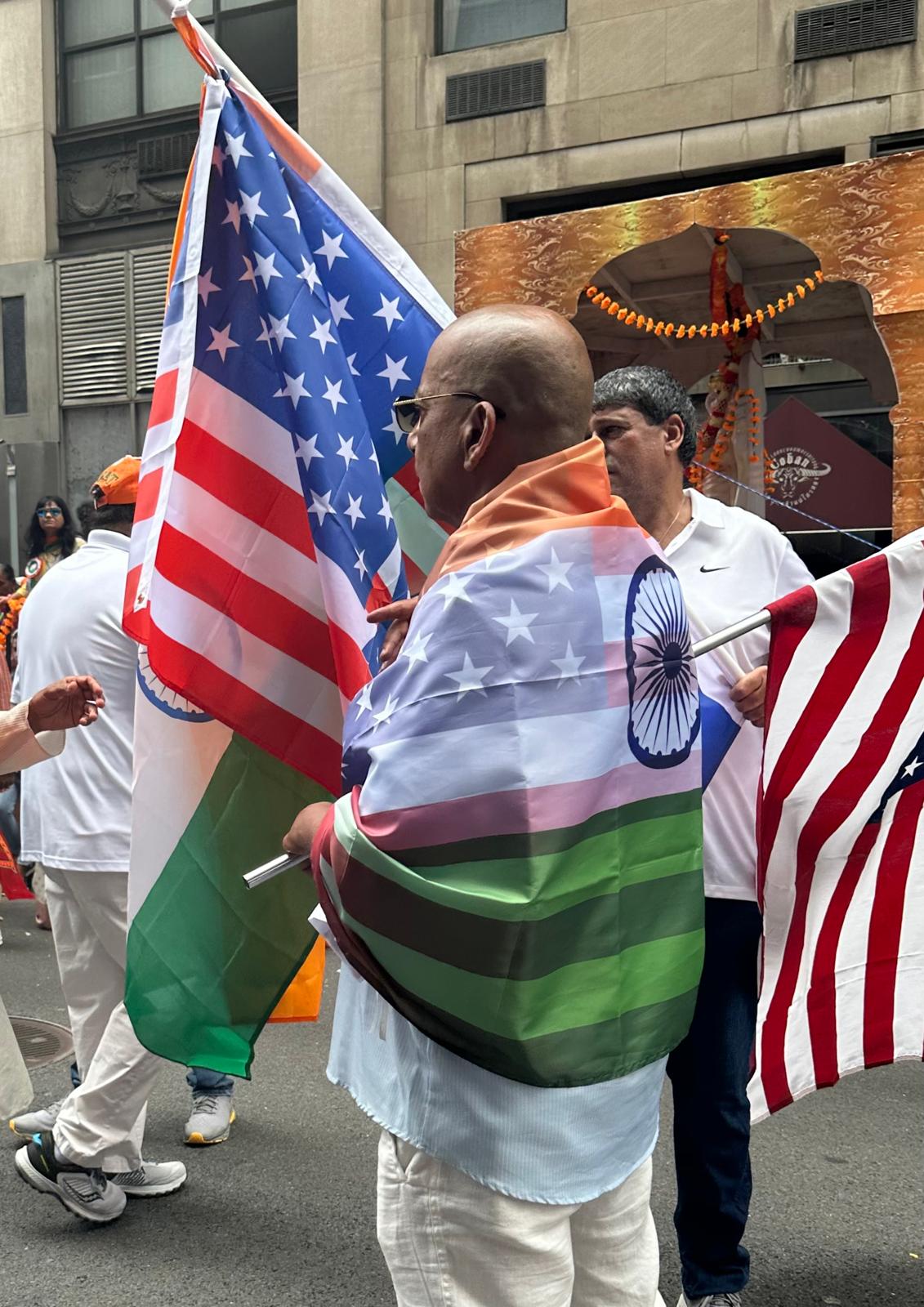
This year, Sonakshi Sinha, an Indian actress was the grand marshal of the parade, while actors Pankaj Tripathi and Bhojpuri superstar Manoj Tiwari were the guests of honor.
Various religious minorities of India, who have lived in harmony with their fellow Indians marched in the parade to show their solidarity with the Hindus and Indians. What was of particular interest was the Indian Jewish contingent marching in the parade. Alongside the traditional Hindu flags of red and orange and the Indian tri-color, also flew the blue and white Israeli flag for the first time in the parade’s history.
Atithi Devo Bhavo, a guest is like God, is how India has always treated anyone who came to her in peace. India is a nation of tolerance and diverse cultures and it is plainly visible in her acceptance and inclusion of Jews and many other minorities as equal citizens. Jews have lived and thrived in India for over two thousand years with never a trace of antisemitism. In today’s world of growing antisemitism, divisive propaganda and fake news, it is a singular stellar achievement that stands as a testament to Hindu hospitality and forbearance. Thus, there are five different groups of Indian Jews still calling India home: The Bene Israel settled in coastal Maharashtra and Mumbai, the Cochini Jews living in Cochin and surrounding areas in Kerala, Bnei Menashe in Manipur and Mizoram, Bene Ephraim in Andhra Pradesh, and Jews fleeing persecution in Iraq, the Baghdadi Jews, who settled in Mumbai, Pune, Calcutta and Gujarat.
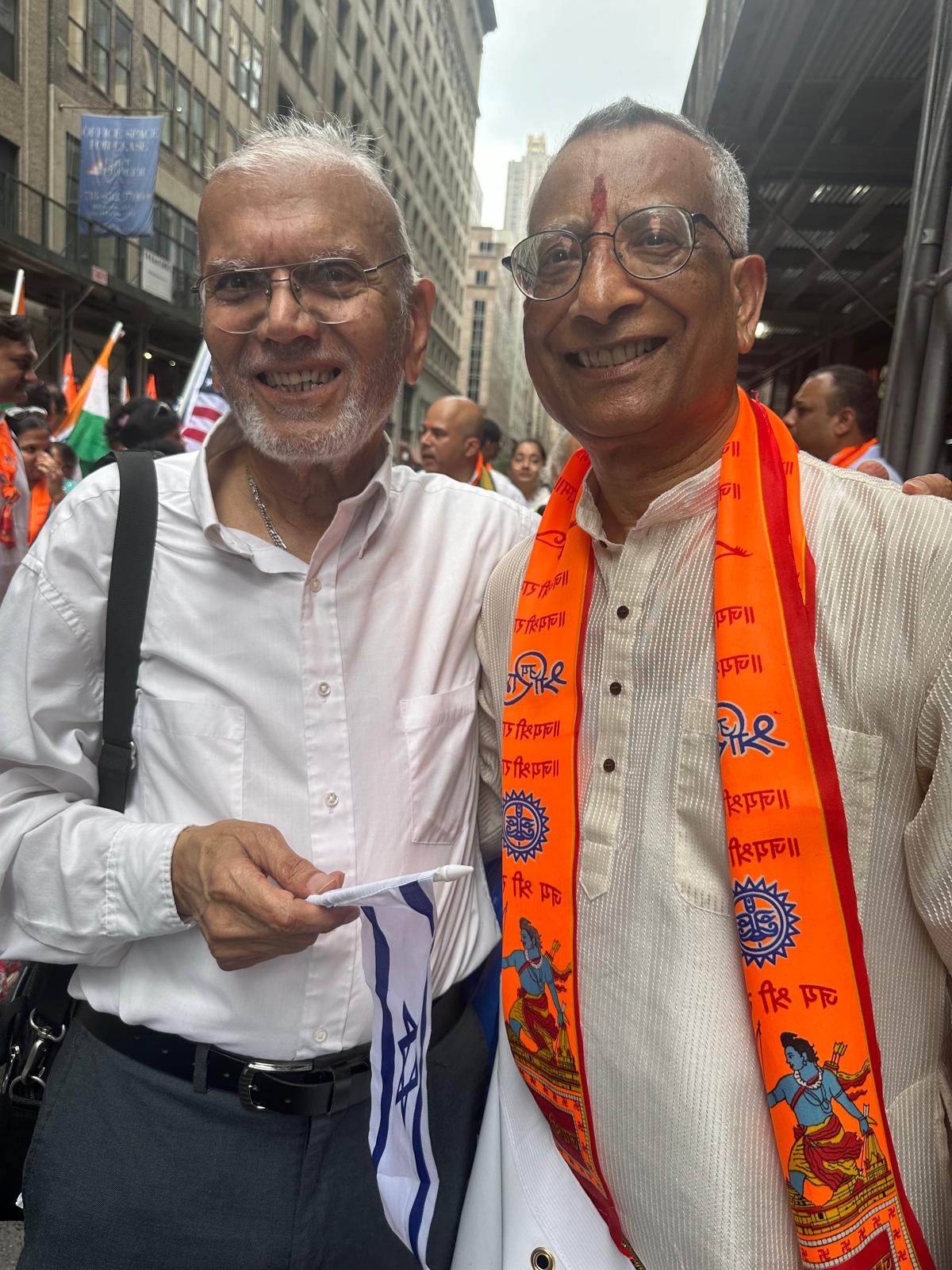
Before the common era, many Jews fled the land of the Bible- Canaan, which is present day Israel, West Bank, Gaza, southern Lebanon and Syria and western Jordan, to escape persecution, enslavement and killings.
In the recent years, India has recognized Jews as a minority group in Maharashtra, West Bengal and Gujarat.
This year, Dr. Jai Bansal, VP, Education and a prominent member of the Vishwa Hindu Parishad of America (VHPA), John Perry, founder of International Organization of Bene Israelis (IOBI) and Sherona Varulkar, VP IOBI USA collaborated to feature a separate group of Indian Jews to walk in the parade, just behind the VHPA Ram mandir float and their 500 strong contingent. The love and respect between the two communities was evident with many Bene Israel octogenarians proudly waving the Indian, Israeli and American flags and walking the entire stretch of the mile long parade route.
The parade ended with a festival of Indian food and dance at E 25th street and Madison Avenue.
The Indian American Muslim Council was opposed to the Ram Mandir float of VHPA calling it “anti-Muslim” and had urged Mayor Adams to disallow its inclusion. After thousands of Hindus and others flooded the Mayor’s office with letters to support its inclusion, Mayor Adams backpedaled on his initial stand. While over 200 million Muslims call India home, they arrived there first as invaders and conquerors of the indigenous population of Hindus. Despite the controversy of the destruction of the Babri Masjid in 1992, it would behoove us well to know the brutal history of the conflict. The original site was a Hindu temple, Ram mandir, which is of highest historical and religious significance to the Hindus. The city of Ayodhya where it is situated is the birthplace of Lord Rama in 5114 B.C.E. Gautama, the Buddha also resided here in 5th century B.C.E., when it was known as Saravasti. When the Muslim Moghuls invaded India, like other brutal conquerors of the world, they destroyed the holy sites of the indigenous population to assert their dominance. In the 16th century, Babri Masjid was constructed over the demolished Ram Mandir.
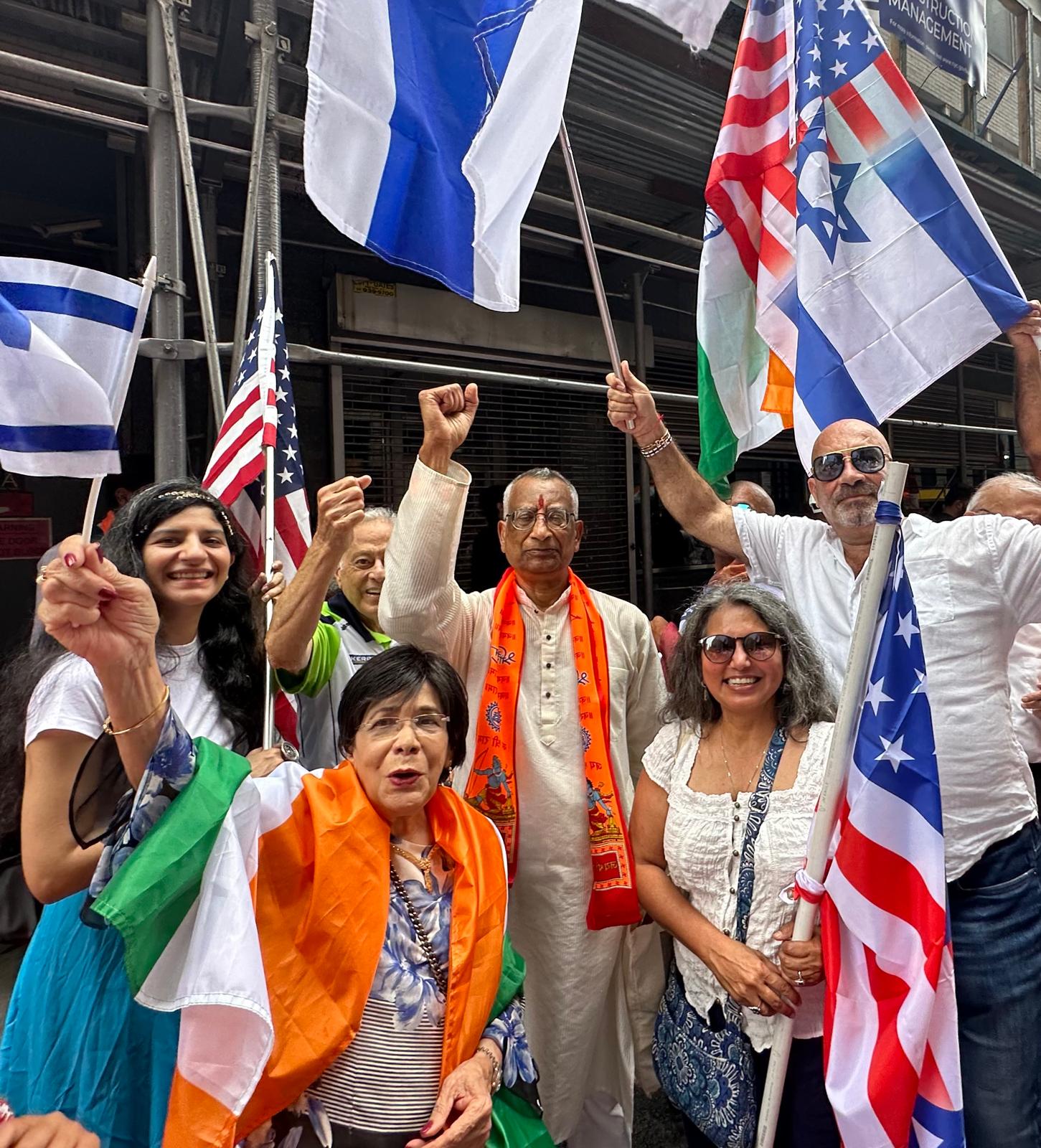
In 2019, the Supreme court of India finally approved the construction of Ram mandir on its original site. The Muslims are enraged at the destruction of their site and the construction of the temple. A few thousand have lost their lives in the ensuing conflict. Whether the BJP, a Hindu nationalist party, and heading the present government of India did the right thing or not could be an endless debate but the historical facts are clear.
In the Middle East, the Muslim holy shrine of the Al Aqsa Mosque was built over the demolished ruins of two Jewish holy temples. Fortunately, part of the Temple Mount still survives as the Wailing Wall where the Jews pray. Under the Israeli control, the Wailing wall provides a buffer that separates the mosque, where only Muslims can pray and provides access for the Jews, Christians and the rest of the world to some part of the Holy Mount for religious worship. The Jewish theology of waiting for the Messiah to arrive to build the Third temple has avoided a conflict over the Jewish claim to their holy site.
While this year’s India Day Parade has brought the Hindu Muslim conflicts from India to the streets of New York, it was also a symbol and show of solidarity and celebration of all things Indian.

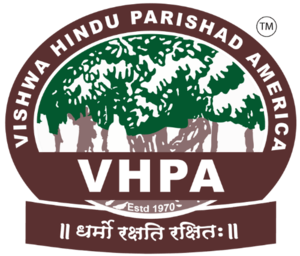
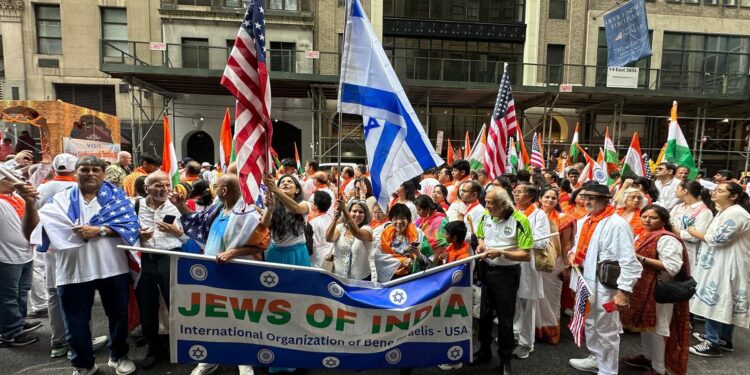
![[ Nbc News ] Barbie debuts its first ‘Diwali doll’ ahead of the Hindu festival of lights](https://hinduvishwa.org/wp-content/uploads/2024/10/241003-diwali-barbie-vl-404p-55c7df-75x75.webp)
![[ India Today ] Ohio senator JD Vance thanks wife, a Hindu, for helping him find Christian faith](https://hinduvishwa.org/wp-content/uploads/2024/06/us-senator-jd-vance-reveals-how-his-hindu-wife-usha-helped-him-find-his-christian-faith-image-re-272530504-16x9_0-120x86.webp)










